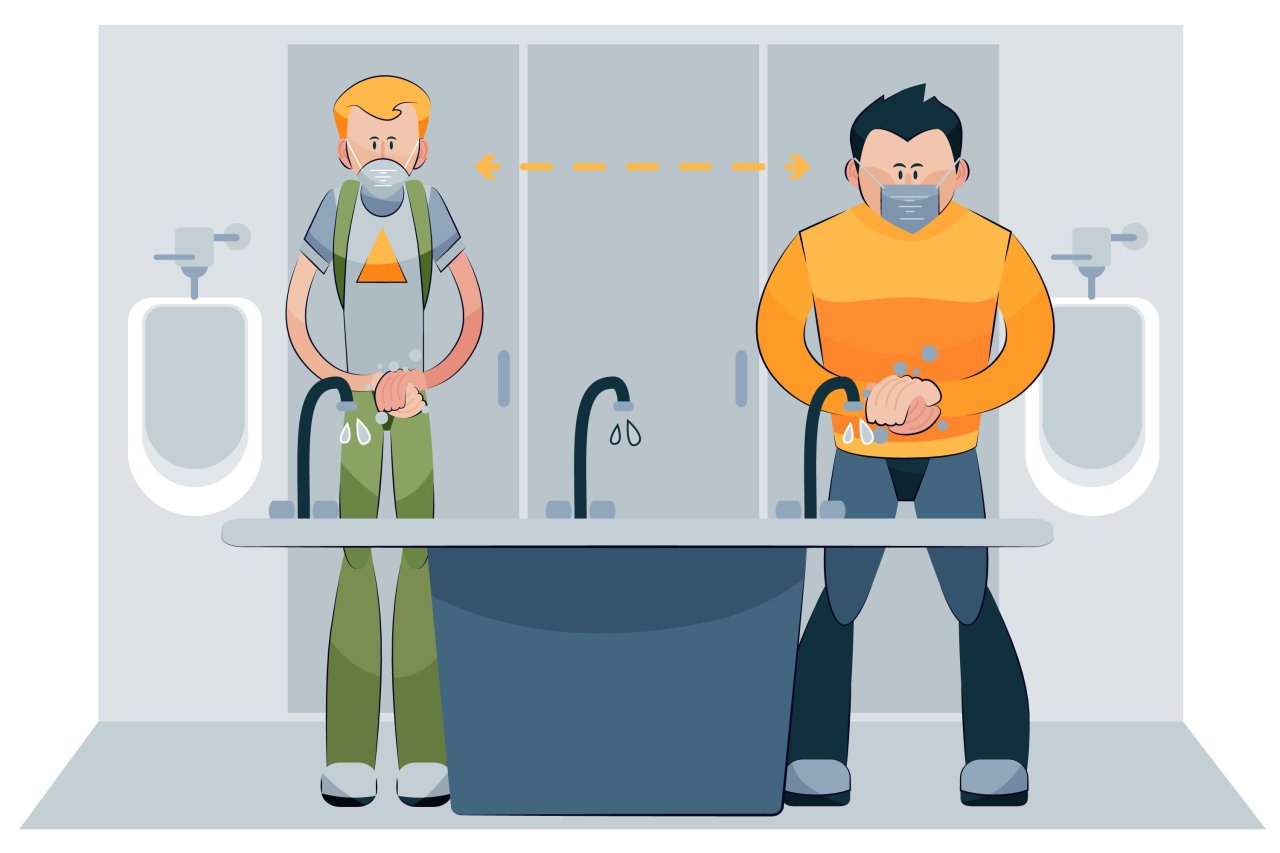Toilet Infections: Causes, Symptoms & How to Prevent Them

Toilet infections are a common yet often overlooked health concern affecting millions of people worldwide. These infections can occur due to poor hygiene, contaminated surfaces, or even improper toilet habits. While some infections are mild, others can lead to severe complications if left untreated.
In this comprehensive guide, we’ll explore:
✅ Common causes of toilet infections
✅ Signs and symptoms to watch for
✅ Effective prevention strategies
✅ When to see a doctor
Whether you're at home, in a public restroom, or traveling, understanding how to protect yourself from toilet-related infections is crucial for maintaining good health.
What Are Toilet Infections?
Toilet infections refer to bacterial, viral, or fungal infections that can be contracted from unsanitary toilet conditions. These infections typically affect the urinary tract, genital area, or digestive system.
Common Types of Toilet Infections
-
Urinary Tract Infections (UTIs) – Caused by bacteria like E. coli entering the urethra.
-
Yeast Infections (Candidiasis) – Fungal overgrowth due to moisture and poor hygiene.
-
Bacterial Vaginosis (BV) – An imbalance of vaginal bacteria, often linked to unclean toilet habits.
-
Hepatitis A & E – Spread through fecal-oral contamination in unsanitary toilets.
-
Gastrointestinal Infections (E. coli, Salmonella, Shigella) – Result from contact with contaminated surfaces.
Causes of Toilet Infections
Understanding how these infections spread can help you take preventive measures.
1. Poor Toilet Hygiene
-
Not washing hands after using the toilet.
-
Flushing without closing the lid (spreads bacteria into the air).
2. Contaminated Toilet Seats & Surfaces
-
Public restrooms with high traffic can harbor harmful bacteria.
-
Sharing toilets with infected individuals increases risk.
3. Improper Wiping Technique
-
Wiping from back to front can transfer bacteria (especially for women).
-
Using harsh or scented toilet paper that irritates the skin.
4. Weak Immune System
-
People with diabetes, HIV, or autoimmune disorders are more susceptible.
5. Sexual Activity & Toilet Infections
-
Some infections, like UTIs, can worsen after sexual activity if hygiene is neglected.
Symptoms of Toilet Infections
Recognizing early signs can help in prompt treatment.
🔴 Urinary Tract Infections (UTIs)
-
Burning sensation while urinating
-
Frequent urge to urinate
-
Cloudy or foul-smelling urine
-
Lower abdominal pain
🔴 Yeast Infections (Candidiasis)
-
Itching and irritation in the genital area
-
Thick, white discharge (cottage cheese-like)
-
Redness and swelling
🔴 Bacterial Vaginosis (BV)
-
Fishy-smelling vaginal discharge
-
Itching or burning
-
Grayish-white discharge
🔴 Gastrointestinal Infections
-
Diarrhea
-
Nausea and vomiting
-
Stomach cramps
-
Fever
How to Prevent Toilet Infections
Prevention is always better than cure. Follow these hygiene practices to stay safe.
🛡️ Personal Hygiene Tips
✔ Wash hands thoroughly with soap and water after using the toilet.
✔ Use toilet seat sanitizers or disposable covers in public restrooms.
✔ Wipe front to back to prevent bacterial transfer (especially for women).
✔ Avoid holding urine for too long—this can increase UTI risk.
🛡️ Toilet Cleaning & Maintenance
✔ Disinfect the toilet seat regularly with bleach or antibacterial sprays.
✔ Close the lid before flushing to prevent bacterial spray (aerosol effect).
✔ Use bidets or water sprays for better cleaning than just toilet paper.
🛡️ Lifestyle & Dietary Prevention
✔ Stay hydrated to flush out bacteria from the urinary tract.
✔ Wear breathable cotton underwear to reduce moisture buildup.
✔ Avoid scented feminine products that disrupt natural pH balance.
When to See a Doctor
While mild infections may resolve with hygiene improvements, seek medical help if:
⚠ Symptoms persist for more than 2-3 days
⚠ There’s blood in urine or stool
⚠ High fever or severe pain occurs
⚠ Recurrent infections (may indicate an underlying condition)
A doctor may prescribe:
-
Antibiotics (for UTIs or bacterial infections)
-
Antifungal creams (for yeast infections)
-
Probiotics (to restore healthy bacteria balance)
Myths vs. Facts About Toilet Infections
❌ Myth: "You can only get infections from dirty toilets."
✅ Fact: Even clean-looking toilets can harbor bacteria. Hygiene habits matter more.
❌ Myth: "Squatting over the seat prevents infections."
✅ Fact: Hovering can lead to incomplete bladder emptying, increasing UTI risk.
❌ Myth: "Only women get toilet infections."
✅ Fact: Men can also contract UTIs and gastrointestinal infections.
Final Thoughts
Toilet infections are preventable with proper hygiene and awareness. By following the tips in this guide, you can significantly reduce your risk and maintain better health.
Key Takeaways
🔹 Wash hands properly after toilet use.
🔹 Disinfect toilet seats regularly.
🔹 Stay hydrated and maintain good genital hygiene.
🔹 Seek medical help if symptoms worsen.
By adopting these habits, you can use toilets—whether at home or in public—with confidence and safety.
FAQs About Toilet Infections
Q: Can you get an STD from a toilet seat?
A: No, STDs like HIV or herpes cannot survive long on surfaces. They require direct sexual contact.
Q: How often should I clean my toilet to prevent infections?
A: At least once a week with a disinfectant, and more frequently if used by multiple people.
Q: Does peeing after sex really prevent UTIs?
A: Yes! It helps flush out bacteria that may have entered the urethra.
Q: Are children more prone to toilet infections?
A: Yes, due to weaker immune systems and less awareness of hygiene practices.
Images From: Freepik.com
 English
English Chinese
Chinese




























